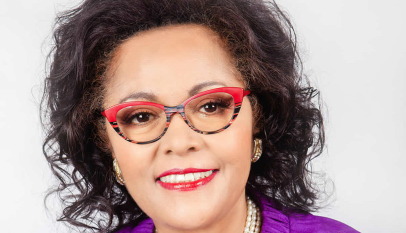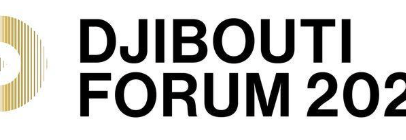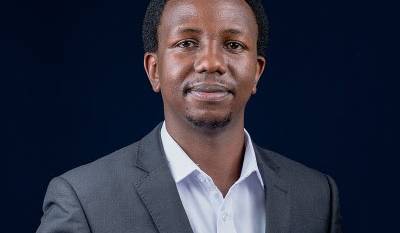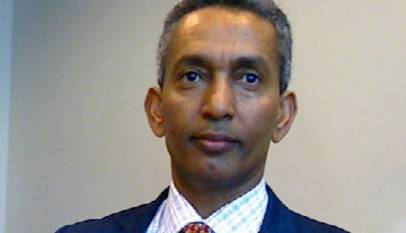BLOG | The future is here: A New World Order has been set in motion on Africa’s soil [1]
Part 1: BRICS and the AfCFTA effect
There has been much ado about the XV BRICS Summit that concluded yesterday a few kilometers up the road from me in Johannesburg, South Africa. Although we have had 14 previous BRICS summits and BRICS has existed for just more than 14 years, nothing has really come out of the bloc – what is different now? Everything!
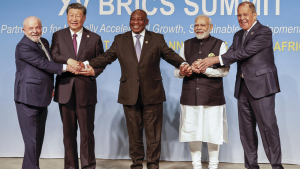
The biggest outcome of the Summit, which emerged on its last day (August 24), was that six new nations were invited to join the block in what was the first expansion of BRICS, which stirred a lot of conversations about BRICS and created a sense of unease among the superpowers. Equally shocking were the steps taken towards reduced dependence on the United States Dollar (USD), otherwise referred to as ‘de-dollarization’.
I personally think instead of referring to the process as ‘de-dollarization’, it shouldn’t include the word ‘dollar’ at all! Subsequently, the five world (BRICS) leaders at the Summit declared that the BRICS-owned New Development Bank (NDB) was preparing to begin lending to the block members in two of the BRICS countries own currencies, namely the South African Rand (ZAR) and the Brazilian Real (BRL).
This was aimed at both reducing reliance on the USD as well as strengthening the currencies of these emerging economies, particularly international development financing and, most importantly, international trade. The NDB issued its first Rand bond in South Africa last week and plans to issue the first Indian Rupee bond by October 2023, just as it is considering issuing more local currency bonds in other member countries: Brazil, Russia and the United Arab Emirates. But why is issuing bonds in local currency important?
Let’s start by uncomplicating it:
- It is about pooling our resources and then accessing what financial assets we have as a bloc on the basis of the pooled resources.
- Leveraging the pooled resources for the development of members of the bloc.
- The NDB will essentially use one member country’s currency to finance projects in another member of the bloc. For example, a project in South Africa will be financed in Chinese Yuan (CNY) instead of USD.
- This is meant to allow for control over the currency and loans to remain within the bloc.
- How would that make a difference? Since BRICS is holistically a development initiative, the bloc’s loans have a different objective and are contextualized differently.
- The BRICS are using the very capitalist models and structures that have always kept the developing world in cycles of aid to change our future reality.
Admittedly, it is not hard to get caught up in the euphoria of this week’s big historical announcements; the week is fully loaded with many steps taken to right the many injustices of the current world order, providing hope for future generations of people in the developing world. Yet, it is crucial to be realistic and establish an accountability mechanism for the BRICS leaders.
So, beyond the talks, we must ask the right questions and hold the leaders making these big announcements accountable for their actions. From an African perspective, what is the basis on which we are building this? The answer is simple – the African Continental Free Trade Area (AfCFTA). “AfCFTA is (the) key for Africa’s growth, it is the engine for African economic and regional integration.”, President Cyril Ramaphosa of South Africa said on Thursday, in closing the XV BRICS Summit.
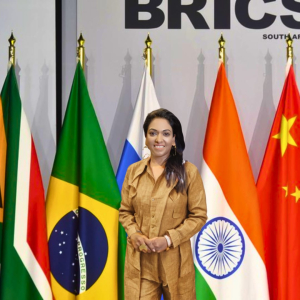
The President said this during the China-Africa roundtable on the occasion of Chinese President Xi Jinping’s State Visit to South Africa, which coincided with the BRICS Summit. The China-Africa Leaders’ Roundtable Dialogue, co-chaired by Presidents Ramaphosa and Xi, was aimed at strengthening multilateral cooperation and partnership for Africa’s development.
China has long been a supporter of the AfCFTA; hence, it wasn’t surprising that it stressed the crucial role of the AfCFTA in boosting Africa’s industrialization drive, once fully operationalized. To this end, China is committed to promoting Africa’s regional economic integration by strengthening intra-African trade, optimizing investment, facilitating the strengthening of value chains, as well as boosting Africa’s capacity to produce and export value-added/finished products— not raw materials anymore!
The AfCFTA was a talking point at every single session of the Summit, irrespective of what the theme of the session was. A 2-hour flight away from the Summit was the inaugural AfCFTA Youth Symposium, taking place in Lusaka, Zambia. Was it just a coincidence that as the future generation of Africa’s leaders were planning the continent’s future in Lusaka, its current leaders were setting up all the building blocks for ‘the Africa we deserve’ in Johannesburg?
This coincidence was not lost on me: the AfCFTA is transforming the whole world by transforming Africa. Yet we need to have a conversation about how to accelerate the AfCFTA’s implementation. We are over half way through the implementation of this year’s African Union theme: Accelerating AfCFTA’s Implementation. Whereas groundbreaking initiatives have been launched, ‘earth-shattering’ announcements have been made, and the AfCFTA Protocols are almost all finalized; these are all about ‘talks and documents’.
There is no mechanism for assessing AfCFTA’s implementation by its state parties anywhere on the continent as of yet. Can we assume that the next six months will be dedicated to actual implementation by state parties? If countries like China are making landmark commitments and investments, the BRICS is now fully and truly ‘AfCFTAyed’.
On the sidelines of the BRICS Summit, I met with the African Business Council’s President, my wonderful Pan-Africanist sister, Dr Amany Asfour. We committed our respective organizations to a partnership to accelerate the AfCFTA’s implementation through investment in infrastructure projects, programming and skills development initiatives as well as ensuring that the private sector has a seat at the head of the AfCFTA table.
To this end, only action will speak for us.
You can read Part 2 of this two-part blog on the just concluded BRICS Summit and its outcomes, with the subtitle: Africa’s Five Key Takeaways from BRICS, here.
.



